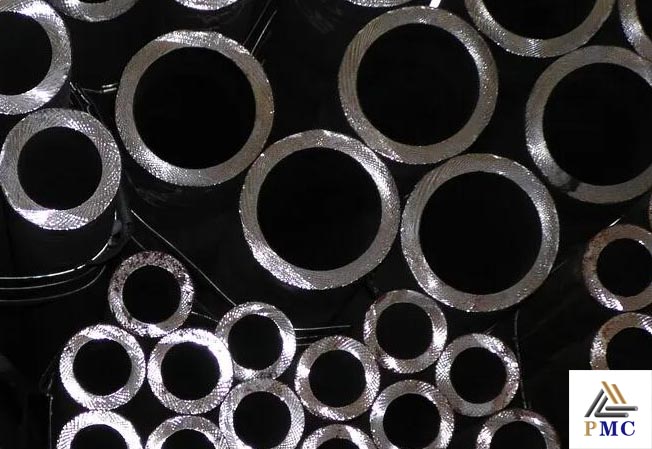
Adaptive Temperature of Seamless Steel Pipe
Generally speaking, the use temperature of seamless steel pipe (SMLS) is 190°C~860°C, but in the actual use process, the use temperature of seamless steel pipes cannot reach as high as 860°C.
What temperature is the seamless steel tube suitable for?
If the temperature in the use environment exceeds the limit that the pipeline can withstand. Then the pipe will start to melt slowly, which will not only affect the normal operation of other components, but also make the function provided by the pipe disappear. Perhaps in the past, it was difficult to have a type of pipeline that could meet such requirements. For example, in some boilers and combustion chambers, piping systems are required to transport fuel into them. And in these places, due to the combustion of fuel, the temperature will be very high. Even if the steel pipe itself has a relatively high melting point, it may not be able to adapt to such a high temperature. Once the temperature in the use environment almost reaches the limit of the pipeline, the performance of the pipeline will be greatly reduced.

But it is different now, because of the emergence of seamless steel pipes, this problem has completely disappeared. When using seamless steel pipes, there are no additional requirements, because seamless steel pipes have been rolled many times during the production process. This makes the pipeline itself very stable, and will not cause any discomfort to changes in the ambient temperature. This is one of the most important reasons why seamless steel pipes replace ordinary steel pipes. Compared with pipes made of other materials, steel pipes have certain advantages in terms of hardness and compression resistance. But just a few years ago, many industries that used piping systems did not use steel pipes as the main pipe material. Why? This is because steel pipes, although they have many advantages, also have a very obvious disadvantage. That is an ordinary steel pipe, which has certain requirements for the environment in which it is used.
First of all, seamless steel pipes for different purposes have different temperature requirements. For example, the seamless steel pipe for ships is the seamless steel pipe for the manufacture of class I pressure-resistant piping systems, class II pressure-resistant piping systems, boilers and superheaters. The working temperature of the carbon steel seamless pipe wall does not exceed 450 °C, and the working temperature of the alloy steel seamless pipe wall exceeds 450 °C; 30ma of high-quality carbon structural steel and alloy steel seamless pipes for chemical equipment and pipelines.
Secondly, there are regulations on the temperature resistance of seamless steel pipes. For example, the steel pipe of GB/T8163 standard is suitable for the pipeline whose design temperature is less than 350℃ and the pressure is less than 10.0MPa; while the pipeline medium is oil, oil and gas, when the design temperature exceeds 350℃ or the pressure is greater than 10.0MPa, GB9948 should be selected. Or the seamless alloy steel pipe of GB6479 standard; for pipelines operating near hydrogen, or pipelines working in an environment prone to stress corrosion, GB9948 or GB6479 standards should also be used. The GB6479 standard should be adopted for the use of cs seamless pipes at low temperatures (less than -20°C), only it specifies the requirements for the low temperature impact toughness of materials.
In fact, the application temperature of seamless steel pipe should not be maintained at the middle of 450~860 °C. When the temperature of seamless steel pipe reaches 450 °C, a zero boundary point will appear. At this zero boundary point, the dilution liquid of stainless steel plate will be carbon. The chromium element around the element will produce carbonized chromium, and the chromium in the diluted solution will appear in a chromium-depleted area in the original existing area, and the appearance of the chromium-depleted area will change the characteristic material of the stainless steel; in addition, the temperature of 450 ℃ adds Compromising forces transform martensite to austenite.


